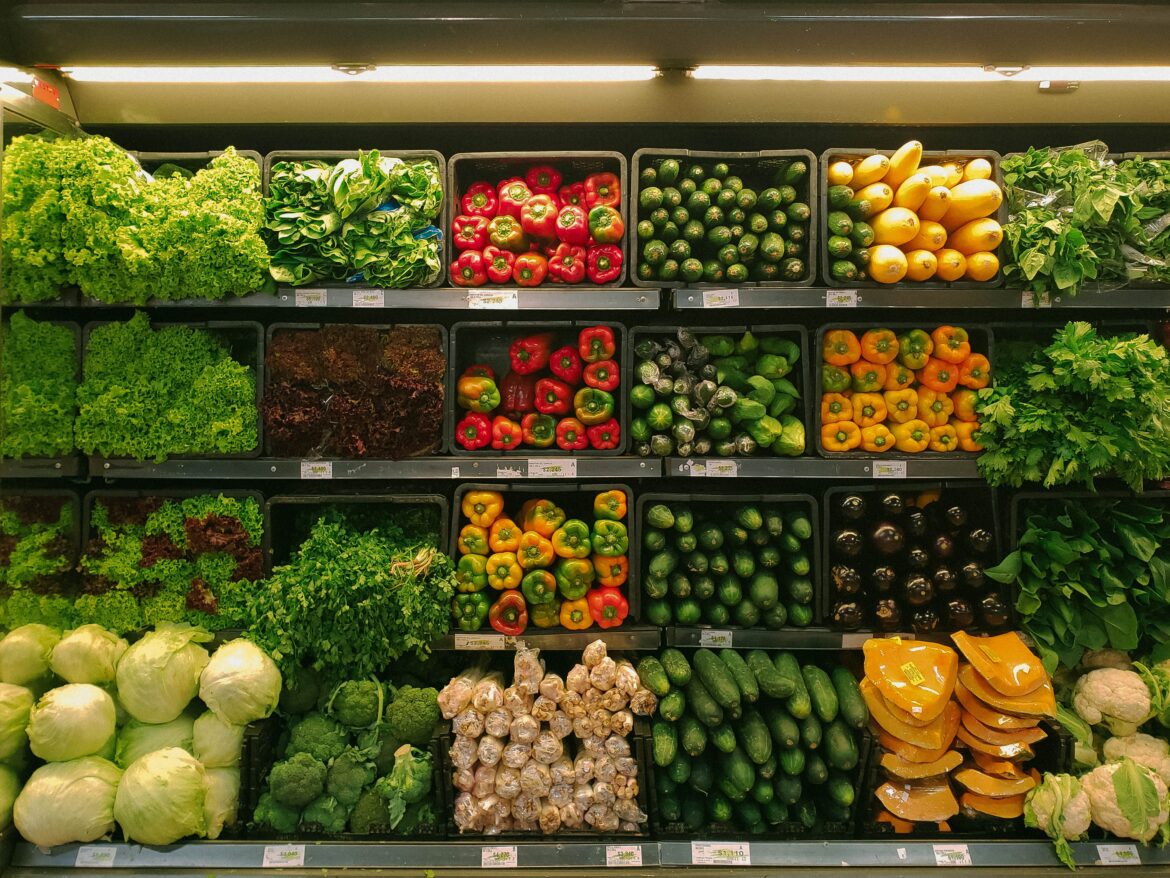The latest quarterly Consumer Price Index data from the Australian Bureau of Statistics, released today, shows food price inflation accelerated in the quarter to March 2022, with food prices recording the highest year-on-year rise in more than ten years.
And consumers should be bracing for further food price rises in the coming months as the impacts of higher transport costs, supply chain disruptions and other increased input costs make their way through the system.
Headline numbers for food prices in the March 2022 quarter CPI are a 4.3% increase year-on-year and 2.8% from the previous quarter.
This is the highest year-on-year increase in food price inflation since 2011.
There is broad-based price inflation across the “food complex”, with rises recorded across major grocery food product categories.
Food price rises were the highest in the grocery channel. There was reported inflation in food service, but this was ‘softened by meals out and takeaway foods (+0.7%), which saw price rises partially offset by voucher schemes reducing out-of-pocket costs for consumers in some cities.’
Horticulture contributed to the food inflation recorded – vegetables (+6.6%) and fruit (+4.9%) prices were higher year-on-year.
Higher costs of meat, seafood and dairy were also significant contributors to food price inflation in the quarter.
Higher transport costs, supply chain disruptions and increased input costs were the main cause of food price rises.
In addition, the impacts of flooding in New South Wales and Queensland – which affected some agricultural production and supply chains – started flowing through from March.
Commentary by Michael Harvey Senior Analyst Rabobank
